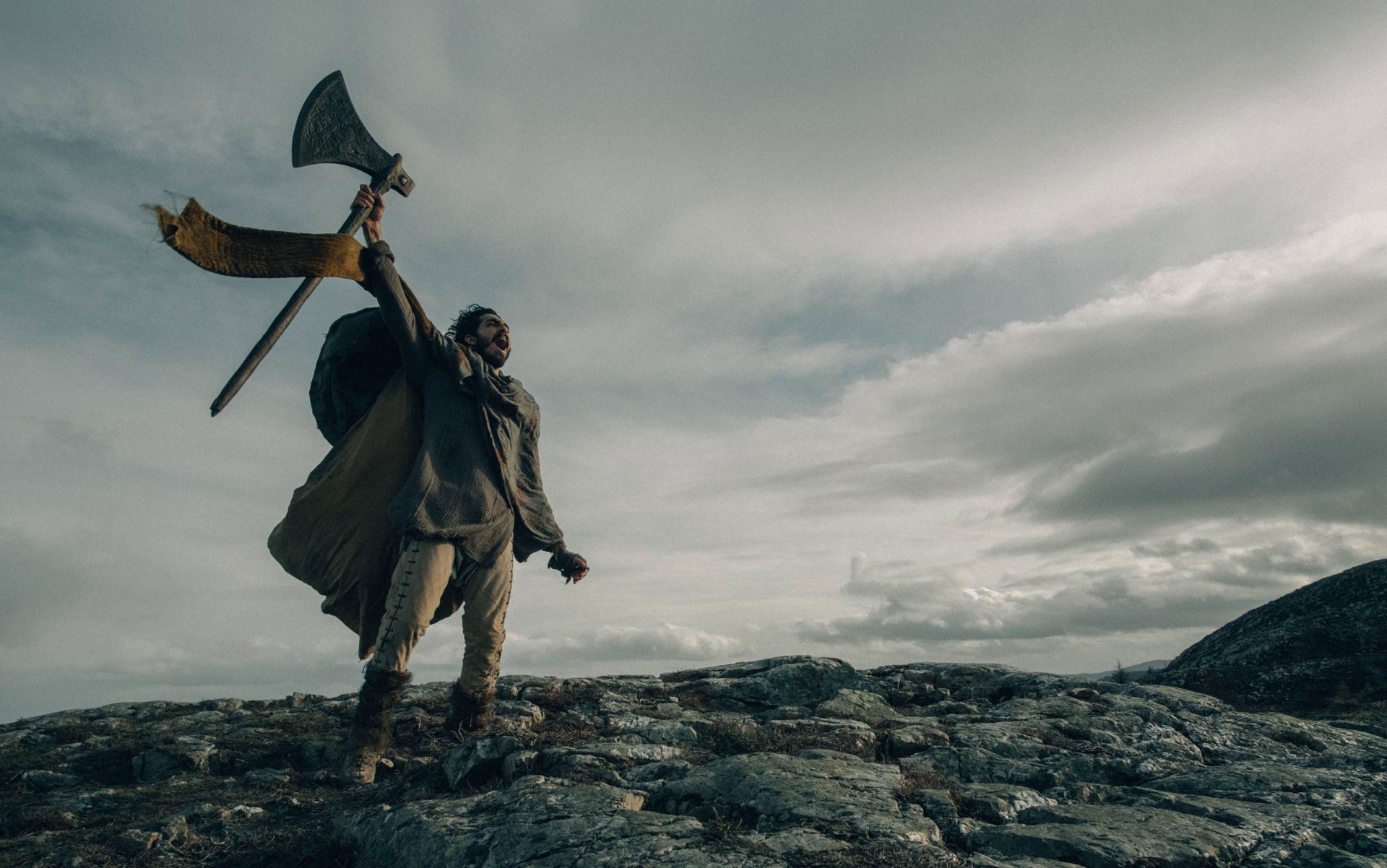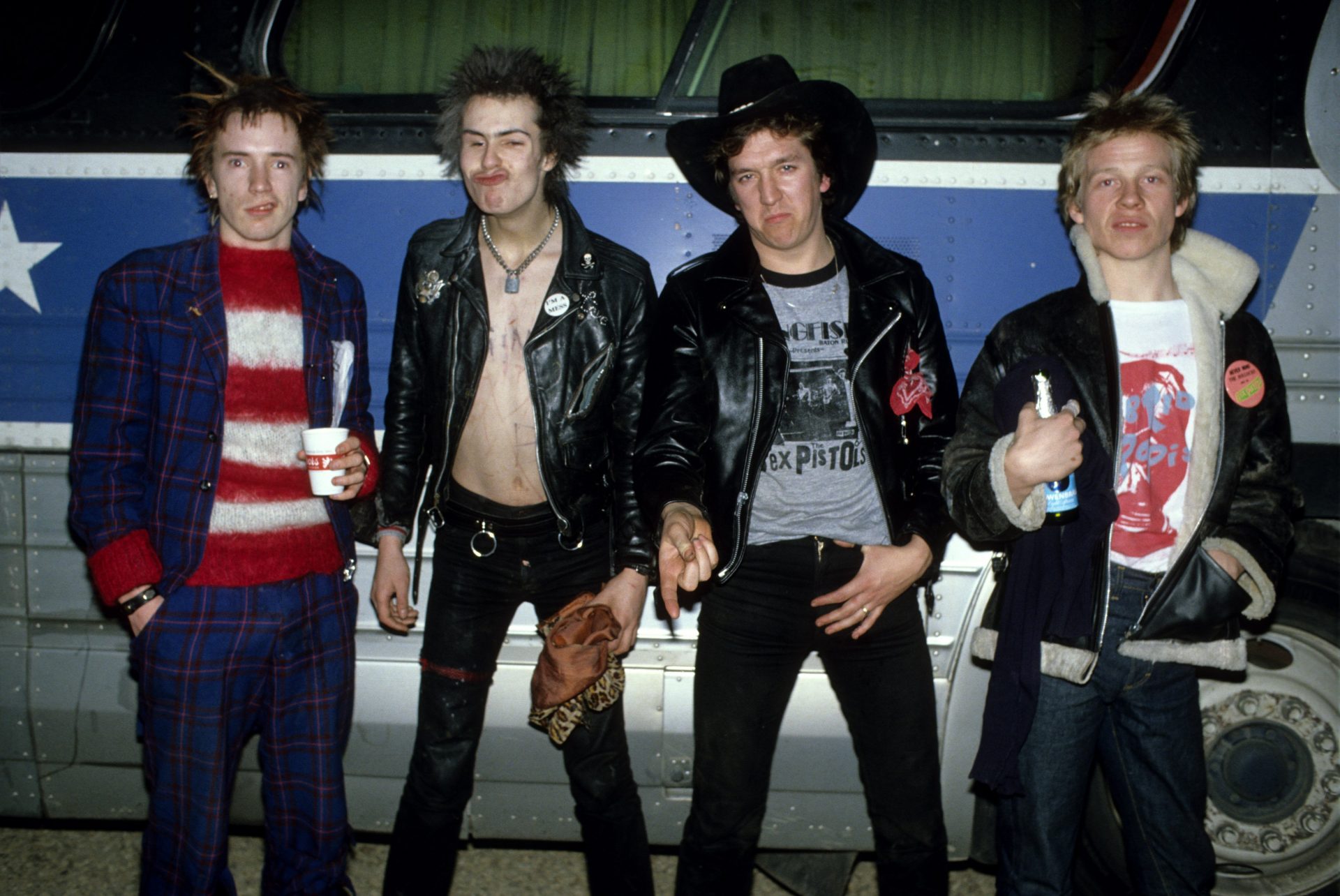News that a favourite book is going to be adapted for cinema always invokes mixed feelings. There’s the excitement that scenes and characters who’ve previously cavorted around inside your head will be looming up before you in full colour and surround sound on a big screen, but it’s compounded by the fear the director and/or cast will royally cock the whole thing up on a colossal scale and ruin the book for you forever.
Despite this, I have been looking forward to David Lowery’s The Green Knight, based on the Arthurian epic Sir Gawain and the Green Knight, for some time now. With Dev Patel playing Gawain and Ralph Ineson as his titular nemesis the prospects are good, but just as I was clearing a big chunk of early August to make sure I’d see it as soon as it came out, the film’s UK release was postponed amid fears of the Delta variant of the coronavirus running wild and unchecked through the land.
There was one positive outcome from this turn of events. It sent me back to the poem itself.
Sir Gawain and the Green Knight is an unsung hero of Middle English literature. The 14th century longform poem has a devoted following but we Gawainites do seem to operate a little under the radar compared to other literary fan groups.
Among early English poetic works Beowulf hoovers up most of the attention. As far as verse whoppers written in the late 14th century go, The Canterbury Tales elbows aside all other contenders. Yet Sir Gawain and the Green Knight is a vivid, thrilling and intoxicating piece of literature – available in many fine translations into modern English – and deserves to be more widely celebrated. The Green Knight, when it does finally hit our cinema screens, might at least help the poem close the gap a little on its two chief literary rivals.
Magic, chivalry, beheading, seduction, hunting, a hedonistic Christmas holiday and some seriously snazzy clothes: Sir Gawain and the Green Knight packs a lot into 2,500 lines and that’s before even thinking about the massive green knight riding around on his massive green horse.
The story begins at New Year in the court of King Arthur where the knights and their families are enjoying a spectacular feast at the end of a gluttonous Christmas.
Proceedings are just getting properly boisterous when the doors to the hall bang open to reveal a knight on horseback. This isn’t one of Arthur’s knights, it’s an interloper. And he’s green.
From head to foot, he’s green. Green clothes, green hair, green skin, riding a green horse. He’s enormous, too, although that’s rather eclipsed by the green thing. The green knight rides up to Arthur’s table and issues a challenge: he will allow the king one uncontested blow, a free hit with his enormous battle axe on condition that in exactly a year’s time Arthur comes to the knight’s lands to submit himself to the same.
As Arthur agrees, his nephew intervenes. Sir Gawain is a young knight, renowned for his good looks, charm and chivalrous nature. He is reputed to be, in Bernard O’Donoghue’s translation, “in five ways faithful; and five times over; refined as pure gold, devoid of all sin and marked with virtue wherever he went”. He is also keen to prove himself to Arthur and his court and persuades the king to let him take up the challenge instead.
As the green knight kneels down and bows his head, “Gawain gripped his axe and lifted it up,/his left foot forward square on the ground,/and dropped the blade swiftly on the unguarded skin/so that the warrior’s weapon shattered the bones/and cut through the flesh, severing it completely/so the shining edge bit into the floor.”
As the knights cheerfully toe-end the severed head around the floor they notice the huge green body hasn’t fallen to the ground with it. Indeed, it reaches down a hand to pick up the head by the hair, remounts the horse and rides out, reminding a bewildered Gawain that a year hence he will be waiting for him at his Green Chapel.
Gawain’s year progresses through “shrivelling Lent” until “the bright rain falls in warming showers” and summer turns to autumn. “So the year passes on through its series of yesterdays,/and winter comes round again, as nature demands, ever the same.”
As the season begins to bite Gawain sets out alone on horseback to meet his destiny. He ranges far, sleeping out in the open in his armour in all weathers, searching for the green knight’s lair. He makes it as far as Anglesey, then the Wirral, fighting off attacks from dragons, wolves, bulls, bears, trolls and the odd surly giant as he goes.
Eventually he comes across a magnificent castle where he seeks rest and is invited to stay for as long as he likes. The green knight’s base is but half a day’s ride away, he learns, giving him a few days to steel himself for whatever awaits.
The lord of the castle goes on daily hunting expeditions and makes a deal with his guest – Gawain can have whatever prey he returns with as long as he can have whatever Gawain gains while he’s away.
Taking his host’s advice to stay in bed resting as late as possible, Gawain is alarmed to be visited on three successive mornings by his host’s wife attempting to seduce him.
“You are welcome to my body/to exercise your power./I am obliged and willing,/to bend to your greater strength,” she purrs from the edge of his mattress but Gawain resists temptation, on each occasion settling for a chaste and chivalrous kiss. These satisfy his host every evening when Gawain plants them on him in return for the day’s kills to honour their deal.
Eventually the time comes for Gawain to leave and meet his destiny in a thrilling and unexpected climax whose twists and pacing confirm the poet as a master storyteller. This is a poem of fabulous richness and thrills that grips the reader from the clamour of the opening yuletide bacchanalia to Gawain’s moment of reckoning with the green knight.
Like most early verse in English Sir Gawain and the Green Knight was intended for performance.
“If you’ll pay attention for just a short while/I’ll tell it straight, just as I heard it,/word for word/exactly as passed down/in every detail/by each generation/down all the days,” the poem reads near the beginning, acknowledging how the poet is but a custodian of the tale, picking it up and handing it on to future generations. He can’t possibly have imagined how stubbornly his version would survive.
The original manuscript – or at least the only surviving copy – resides in the British Library, bound underwhelmingly in a volume with three bible-based poems under the equally underwhelming catalogue reference ‘London, British Library Cotton MS Nero A.x’.
All four of the works are written in the same hand and are believed to have been composed by the same poet. Tantalisingly, we don’t know who that poet was. J.R.R. Tolkien, who produced his own highlyregarded edition of the poem in 1925, said it was “a solemn thought that the name is now forgotten, a reminder of the great gaps of ignorance over which we now weave the web of our literary history”.
The Gawain poet was writing in the last couple of decades of the 14th century and was a contemporary of Geoffrey Chaucer. It’s unlikely these two literary giants would have met, however, as scholars have detected enough clues in the text to locate the work in south-east Cheshire or north-east Staffordshire, far from Chaucer’s London.
The language in which it is written contains enough dialectal and topographical hints to place the poem firmly in that part of England and presents a stern challenge to anyone undertaking a translation.
Of the available versions today two stand out in particular. The first is the 2006 edition by Bernard O’Donoghue (Penguin Classics, £8.99), who as an academic medievalist and published poet himself is more qualified to tackle the poem than most.
The second arrived just a few months later and is by the current Poet Laureate Simon Armitage (Faber & Faber, £10.99). While O’Donoghue’s is arguably more faithful to the original and is no less beautiful for it, Armitage has more fun with the text.
He describes the green knight’s weapon as “the mother of all axes,/a cruel piece of kit I kid you not”, for example (by contrast O’Donoghue goes for the less ambitious “outlandishly big,/too cruel a weapon for words to describe”).
Each edition has its strengths and weaknesses; both carry equally the drama and pace of the thrilling, magical, original story.
the film live up to the poem? If we have to wait up to a year to find out let’s maybe not make any deals involving decapitation. In the meantime, the book will more than suffice.
A European Library
A weekly selection of fiction and non-fiction, new and old, to build a comprehensive literary portrait of our continent.
5. AFROPEAN: NOTES FROM BLACK EUROPE by Johny Pitts (Penguin, £10.99)
The stories of Europeans of African origin have been criminally undertold in the discourse surrounding our continent, making Pitts’ extraordinary 2019 book a crucial addition to your European library. From Cova Da Moura, a Cape Verdean shantytown on the edge of Lisbon boasting its own underground economy, to Rinkeby, a part of Stockholm whose population is 89% Muslim, Pitts places the stories of Black Europeans firmly at the centre of our continent’s story. A truly eye-opening piece of work.




